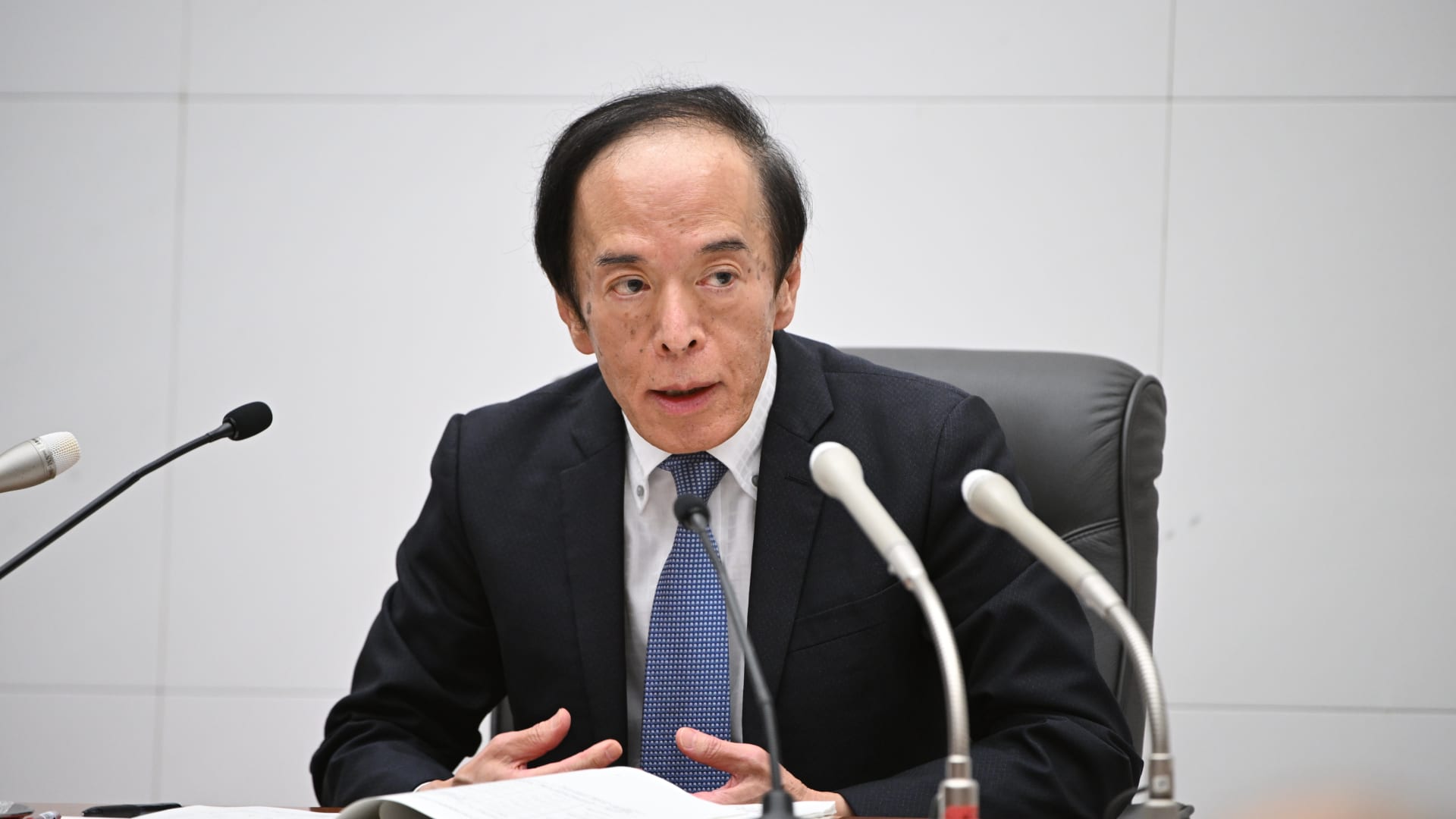The Bank of Japan (BOJ) shocked global financial markets by announcing “greater flexibility” in its monetary policy. This unexpected move loosened its yield curve control (YCC) and had wide-reaching implications. As a result, the Japanese yen fluctuated against the U.S. dollar, and Japanese stocks and government bond prices fell. The announcement also had a negative impact on the Stoxx 600 in Europe, as government bond yields in the region rose. Prior to the Bank of Japan statement, reports of a discussion on the yield curve control policy had already led to a lower close on the S&P 500 and the Nasdaq. Economists were taken aback by the change, leaving them to wonder if a more significant change is on the horizon. The Bank of Japan’s yield curve control policy has been in place for a long time and involves setting an interest rate target while buying and selling bonds to achieve that target. Currently, the central bank targets a 0% yield on the 10-year government bond to stimulate the Japanese economy. However, in its latest policy statement, the Bank of Japan announced that it would allow 10-year government bond yields to fluctuate within a range of 0.5 percentage points on either side of the 0% target. Additionally, the Bank of Japan will offer to purchase 10-year JGBs at 1% through fixed-rate operations, effectively expanding its tolerance by 50 basis points. Some investors are now questioning whether this move marks the beginning of a more significant tightening cycle. While the Bank of Japan did not officially cite fighting inflation as the reason for the policy change, it did revise up its forecast for core consumer inflation, raising it to 2.5% for the fiscal year to March. However, the central bank’s Governor, Kazuo Ueda, downplayed the move, stating that it was aimed at enhancing the sustainability of the Bank of Japan’s policy rather than signaling a shift from dovish to neutral. MUFG analysts believe this tweak shows that the Bank of Japan is not yet ready to end its policy measure. However, Capital Economics economists emphasize the importance of inflation figures moving forward, suggesting that the Bank of Japan may need to tighten its monetary policy if inflation continues to rise. The effectiveness of the Bank of Japan’s yield curve control policy has been questioned by experts, who argue that it distorts the natural functioning of markets. Some believe that the central bank is looking to move away from this policy and that Friday’s announcement was an opportunistic move. The markets are likely to test the Bank of Japan’s resolve as it seeks to gradually transition away from the yield control curve policy while maintaining a supportive monetary policy for Japan.
Denial of responsibility! VigourTimes is an automatic aggregator of Global media. In each content, the hyperlink to the primary source is specified. All trademarks belong to their rightful owners, and all materials to their authors. For any complaint, please reach us at – [email protected]. We will take necessary action within 24 hours.


